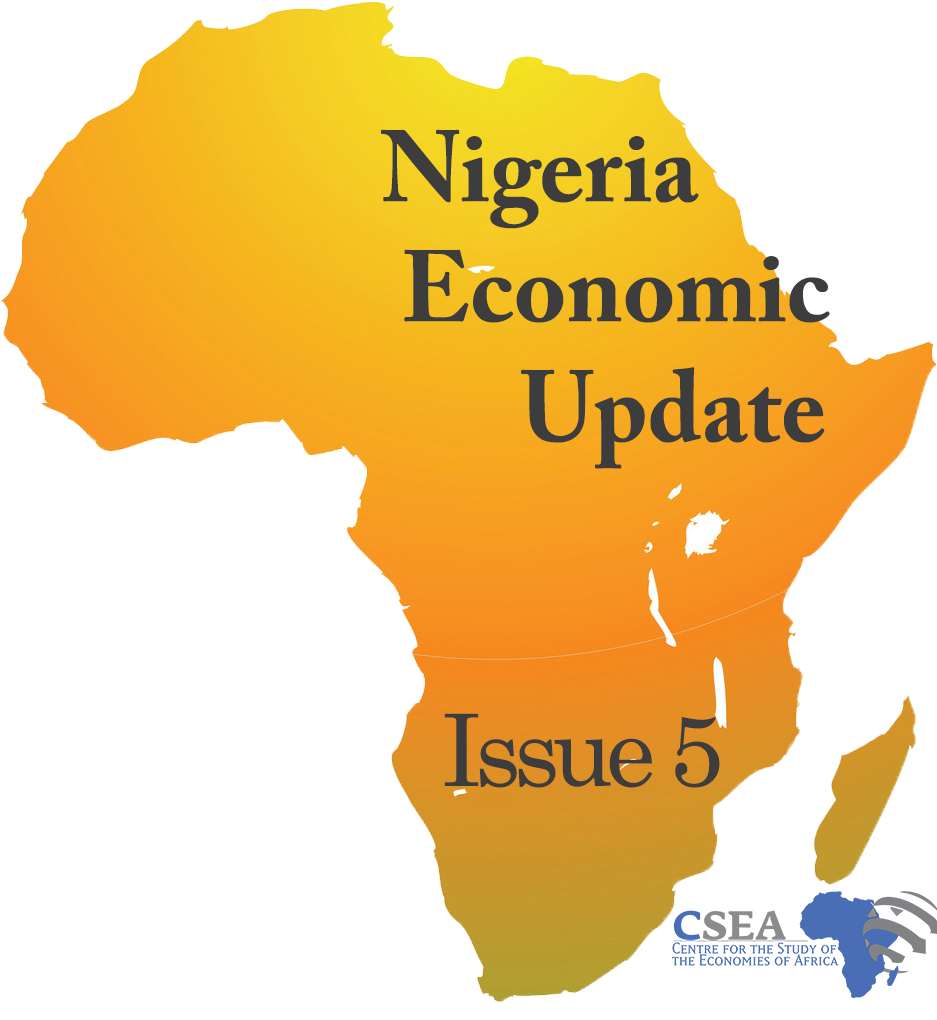States’ Internally Generated Revenue (IGR) declined in the third quarter 2018, replicating the same downward trend as seen in the previous quarter. IGR dropped to N264.38 billion in 2018Q3, compared to N279.78 billion generated in the preceding quarter – down by 5.5 percent1. The recently released IGR report by the NBS also shows that 20 states generated less revenue during the quarter (including the FCT), and only 17 states recorded growth in IGR. Reductions in Pay-As-You-Earn (PAYE) Tax, Direct Assessment, Road Taxes and revenues from Ministries, Departments and Agencies (MDAs) prompted the overall decline. In order to expand the tax base thereby improving tax revenues, a special focus should be given to harnessing the informal sector into the tax net.
Macroeconomic Report & Economic Updates

February 25, 2019
Nigeria Economic Update (Issue 5)
States’ Internally Generated Revenue (IGR) declined in the third quarter 2018, replicating the same downward trend as seen in the previous quarter. IGR dropped to N264.38 billion in 2018Q3, compared to N279.78 billion generated in the preceding quarter – down by 5.5 percent1. The recently released IGR report by the NBS also shows that 20 […]
Read →
